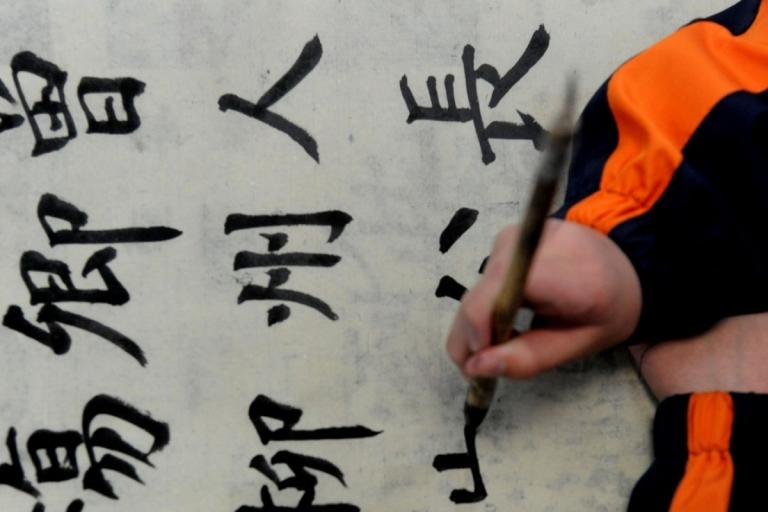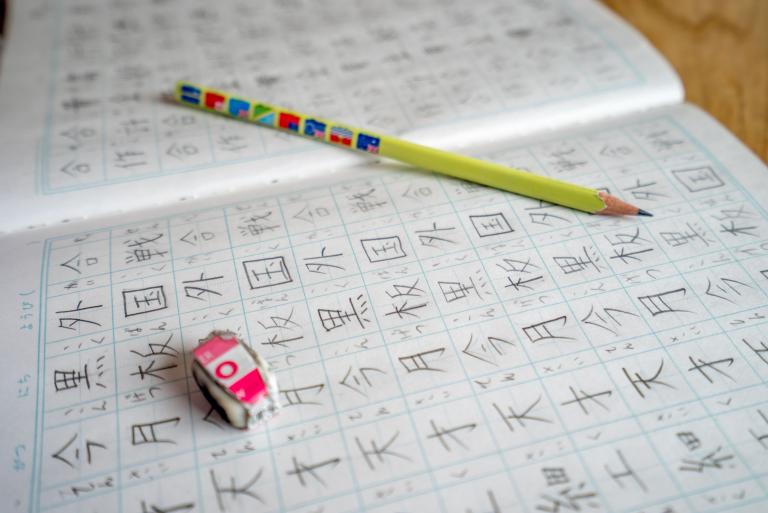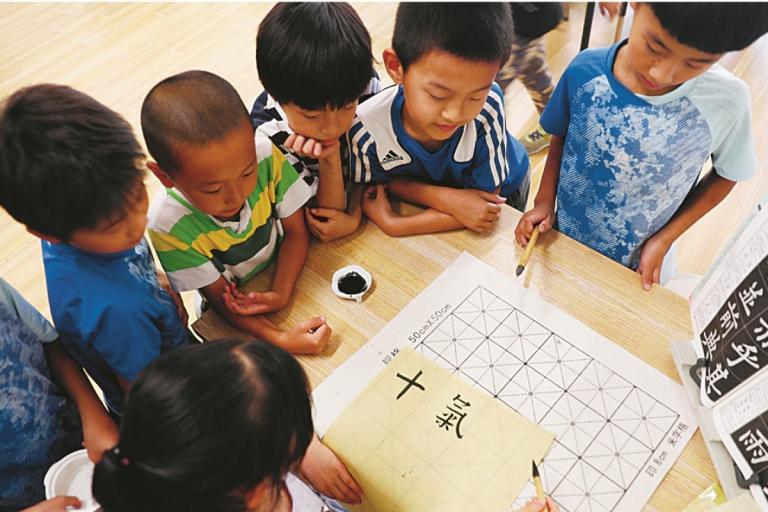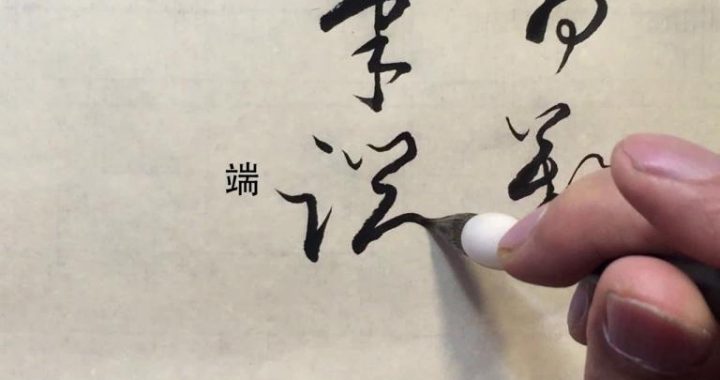Traditional Calligraphy and modern life
4 min readIn the current information age,the writing method has changed from”wielding the writing brush”to typing”to a large extent,but calligraphic art is still fascinating and favored by people.Modern people’s views and aesthetic pursuits are diversified which is also reflected in calligraphic creation.Take the regular script,for example Perhaps the Yan(zhenqing)style has the vigor of the Liu(gongquan)style,and theZhao(mengfu)style has the vigor of the ouyang(Xun)style.However,it remains the same despite all apparent changes.No matter how the times change and the calligraphic styles change,the essence of Chinese calligraphy will not change and its profound cultural connotations will not change either

Chinese calligraphy is a kind of ancient art changing all the time with historical development it evolved from inscriptions on tortoise shells and bones and inscriptions on bronze to the larger seal script the lesser seal script and the officialscript,and formed the fixed types of the cursive script of the Eastern Han Dynasty,the regular script of the Wei dynasty and the running script of the Jin Dynasty.In different periods,Chinese calligraphy often manifested the spirit of the times with different appearances.For example,people often say people in the Jin dynasty advocated charm people of the tang dynasty advocated conformity with norms people of the Song Dynasty advocated meanings,and people of the Yuan Dynasty advocated appearances”. From an overall perspective, Yan Zhenging in the Tang Dynasty can be taken as the point between two periods of China’s calligraphic history The period before him is called the period of calligraphic style evolution, and the period after him is called the period of stylistic change. In the first period, the development of calligraphy was mainly evolution of calligraphic styles, and the demonstration of calligraphers’ artistic styles was often associated with calligraphic styles; in the second period, calligraphic styles were full-fledged and there was no need to create any new character style, so calligraphers focused on pursuit of”styles Though “calligraphic styles”were fixed, “styles”could change infinitely
In todav’s era of cultural diversification calligraphic art has been raised to the ley of conceptual change. this has undoubtedly pushed forward the profound Chinese calligraphic art. In short, the modernity of calligraphic art does not simply depends on ts external forms such as formats structures and lines but depends on its internal odern spirit, i. e the modern society’s aesthetic views and value orientation anifested and communicated by modern calligraph

Shi tao(1642-1707), a painter who lived between the ming Dynasty and the Qing Dynasty, said, “Painting should keep pace with the times. Calligraphy should also keep pace with the times. Chinese calligraphy should not be separated from traditions. One should learn from ancient people, but either digging deep into the essence or observing beyond the boundaries, either learning from Wang Xizhi and Wang Xianzhi or learning from the four regular script masters, the”self”must be present both within and without. The most famous Chinese modern calligraphers Qi Gong and Ouyang Zhongshi have both answered the question of how calligraphy should keep pace with the times with their creation practices
Qi Gong was well-educated, well-versed in linguistics, good at poetry writing, and was proficient in stele rubbing studies. He was also a connoisseur in ancient calligraphic work and painting. His calligraphic works include scrolls, albums and screens, all manifesting good rhymes and deep artistic conceptions. His style is called Qi style”. Calligraphic critics say that Qi Gong s calligraphic works”are not only a calligrapher’s works, but also a scholar’s works and a poet’s works”. Qi Gong had many original views on calligraphic art, and created many original calligraphic works. For example, people usually begin to study calligraphy from the “intersected lattice”and take the center as a characters focus, but Qi Gong found that the focus of a character should not be the center of the traditional “intersected lattice”but the four cornersnot far from the center. He also discovered through calculation that their proportional relationship just conforms to the so-called “golden ratio”. This discovery is of important guiding significance to studying calligraphy Ouyang Zhongshi studied calligraphy from the childhood and has dozens of years of practical experience in calligraphy teaching as well as unique and original views on calligraphy. He pointed out: Chinese calligraphic art turns people’s inner thoughts and emotions into a crystal with forms, colors, sounds, songs, rhythms, rhymes, spirit huge impact and strong feelings, but there is one precondition: ‘ characters,’ articles and’ calligraphy, should be considered as a whole. Only in this way can the above stage be attained; if viewed separately, they are not complete. “Ouyang Zhongshi’s calligraphic style is steady, elegant, handsome, graceful, simple and gorgeous Appreciating his works is like looking at tall mountains, running water and ten housand galloping horses
Tradition and Modernity”is an eternal topic. We believe that Chinese calligraphic art can provide a satisfactory answer for this topic









